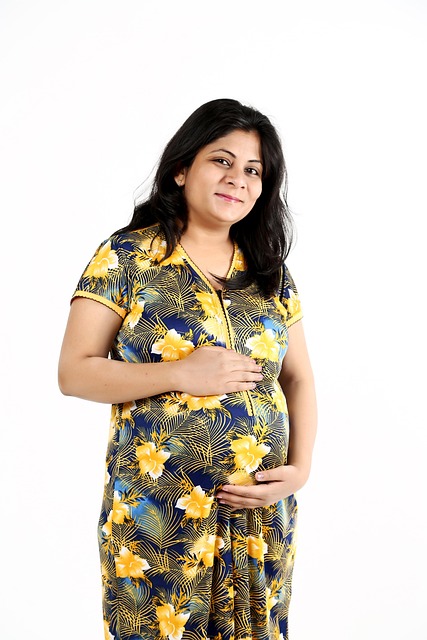You may have heard the name Charlie Gard echoing through headlines worldwide. Charlie is an 11-month-old boy from the UK diagnosed with mitochondrial disease, a condition that has led to severe brain damage and necessitated his reliance on a ventilator for months. His parents are now advocating for him to receive experimental treatment in the United States, which they believe could enhance his quality of life. Despite their efforts, medical professionals at Great Ormond Street Hospital for Children, where Charlie has been receiving care since October, have taken a different stance, suggesting that discontinuing life support might be in Charlie’s best interest.
While the global community has been captivated by the legal conflict unfolding between Charlie’s parents and the hospital, it can be challenging to genuinely empathize with their plight when observing from afar. However, I find myself intimately familiar with their pain. I walk a similar path every day.
My own daughter, Emma, was diagnosed with a rare mitochondrial disease and suffered significant brain damage (progressive cavitating leukoencephalopathy) at just nine months old. Like Charlie’s parents, I faced the grim prognosis from doctors who suggested there was no hope and urged me to let her go. But I refused to accept that fate. As any devoted parent of a terminally ill child would, I immersed myself in research and sought alternatives, determined to find a glimmer of hope for my daughter. Against the odds, Emma didn’t worsen.
Recovery can be a real possibility, even from the depths of severe brain damage associated with mitochondrial diseases. With the help of treatment and time, Emma stabilized. The progress she has made, attributed to neuroplasticity—the brain’s remarkable ability to adapt—has been nothing short of miraculous. From having the motor skills of a two-month-old at ten months, she has blossomed into a chatty, independent toddler who can eat, use a manual wheelchair, and even walk with assistance at two and a half years old.
It has been two years since Emma’s devastating brain injury. Initially, when she was diagnosed, only three other children were known to share her condition, all of whom sadly passed away in infancy. Remarkably, since then, 15 more children with the same diagnosis have emerged, with 13 of them still alive and thriving well into their teenage years.
Hope exists. Yes, these children face disabilities and are ultimately diagnosed with terminal conditions, but does that diminish their worth? I’ve met many children with life-limiting illnesses who are tube-fed, on ventilators, or face various physical challenges. Yet, I see the joy in their eyes while watching their favorite movies, their delight in feeling the sun on their skin, and the happiness they bring to those around them.
Emma and I have been blessed with the gift of time—time to share together, time to experience life. Charlie’s parents are devoted, loving guardians who wish to provide their son with a chance to live, however slim that chance may be. They don’t seek a miracle; they want to give him the opportunity to experience life in whatever form that may take. I would, without a doubt, do the same for my daughter. Wouldn’t you?
For those navigating similar journeys, consider exploring resources like this insightful piece on home insemination, and for further understanding of pregnancy options, check out this podcast on IVF and fertility preservation from the Cleveland Clinic.
In summary, the story of Charlie Gard serves as a poignant reminder of the lengths to which parents will go to fight for their children. Every life, no matter how short, is filled with love, hope, and the potential for joy.
